Indonesian terracotta statue, 14th - 15th century, representing a sacred spiritual figure from classical Javanese art, at a time marked by the coexistence of Mahāyāna Buddhism and Shivaite Hinduism on the island of Java.
Standing on a richly decorated circular pedestal, the figure embodies divine grace and deep spirituality. She wears a drape around her hips, held by a belt decorated with floral motifs. Her naked bust is highlighted by a significant gesture: the right hand gently grasps her breast. This gesture, of intimate appearance, is actually deeply symbolic.
It is a symbol of fertility and nourishing compassion, which is found in some tantric iconographies. By this gesture, the figure expresses his ability to nourish living beings, both physically and spiritually. It represents the source of life, the cosmic mother, the one who offers wisdom, abundance and maternal protection granted to all beings.
This gesture is therefore anything but anecdotal : it inscribes the statue in a sacred and sensual imaginary, where the female body is a sacred vehicle, source, offering and knowledge.
Her face, with peaceful features and a sweet smile, as well as his half-closed eyes, reflect a state of meditation or superior consciousness. The flower-shaped jewels around the neck and ears reinforce its sacred and heavenly character. The large circular headdress on his head, perhaps a votive or architectural element, completes his inscribed in a sophisticated and ritual symbolic universe.
Probably associated with a goddess such as Tara, Prajnaparamita, or a Javanese form of Dévi/Sri, this figure testifies to the spiritual richness of ancient Java, where the female body becomes an expression of the sacred, between sensuality and transcendence.
Dimensions
Height : 82.5 cm - Diameter : 25 cm











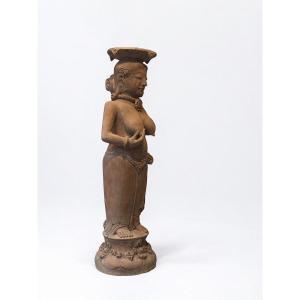









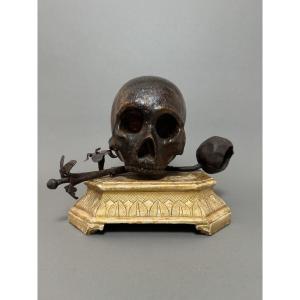




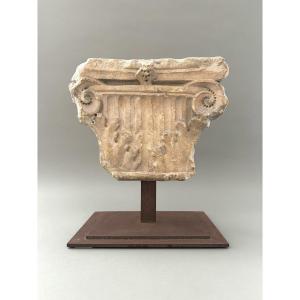

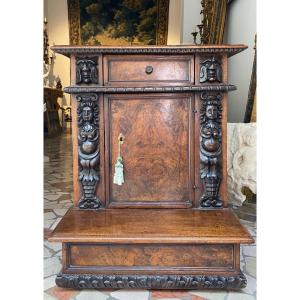
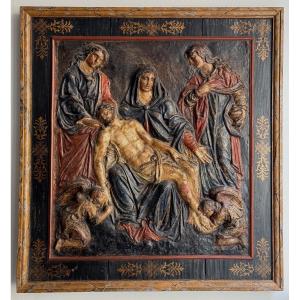




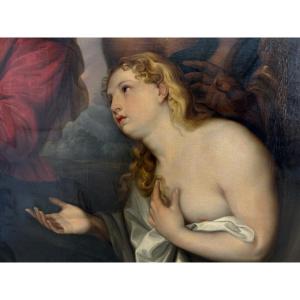



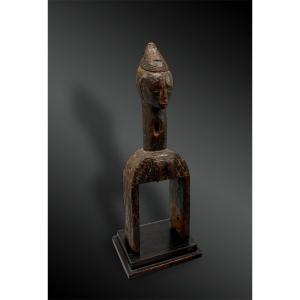
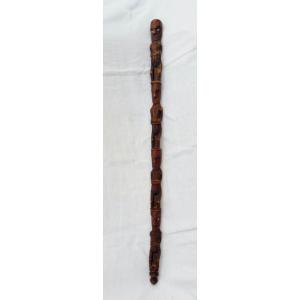
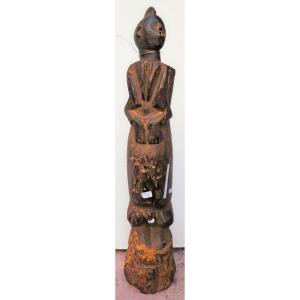



 Le Magazine de PROANTIC
Le Magazine de PROANTIC TRÉSORS Magazine
TRÉSORS Magazine Rivista Artiquariato
Rivista Artiquariato